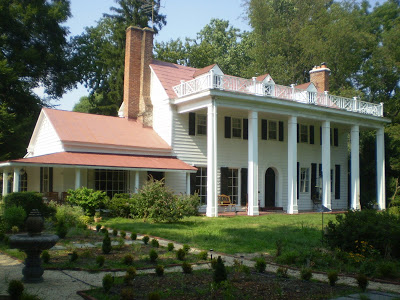Family event will focus on African American history in Annandale area

The 2010 Oak Hill History Day, scheduled for October, will focus on 19th century African American communities in the Annandale area. Oak Hill is a privately owned 18th century Georgian-style home at 4716 Wakefield Chapel Road in Annandale.
The home, one of the oldest in Fairfax County, and adjacent properties are all that remain of the 22,000-acre Fitzhugh land grant, dating from the 1970s. Oak Hill was one of three plantations owned by the Fitzhugh family. The original home remains intact along with much of the historic landscape.
The free event is sponsored by the Fairfax County Park Authority in collaboration with the Board of Supervisors. Oak Hill was preserved in 2004 when the Board of Supervisors, Park Authority Board, and Northern Virginia Conservation Trust negotiated the purchase of a historic easement from Seville Homes. Oak Hill is mostly hidden from the street, but there’s a path off Wakefield Chapel Road (near the intersection with Braeburn Drive) lined by huge, 200-year-old boxwoods. But don’t get too close; there’s a vicious dog.

